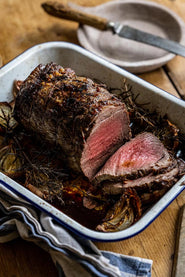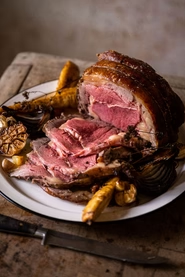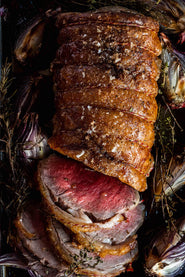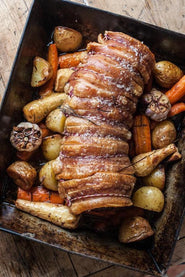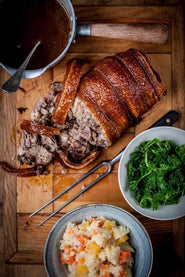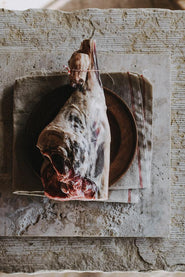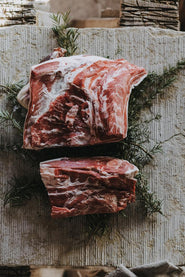For centuries 11th of November has marked the end of the agricultural year. This is the time when autumn wheat seeding was completed, the annual slaughter of fattened cattle began and wine was finally ready for drinking.
The day of Saint Martin not only starts off the season of feasting, but it also marks the natural time when autumn turns to winter. I have always found it deeply confusing when our solstice calendar lists 21st December as winters arrival, this to me feels far too late in the year.
The Legend of Saint Martin
Saint Martin of Tours was a Roman soldier who became a bishop in a French town. The most famous legend concerning him was that he had once cut his cloak in half to share with a beggar during a snowstorm, to save the latter from the cold. 'Martinmas' began in France and soon spread to Eastern Europe, Germany and Great Britain.
The goose became a symbol of St. Martin, the legend goes that when he was trying to avoid being ordained Saint Martin hid in a goose pen, where he was betrayed by the cackling of the geese and so traditionally goose was often feasted upon on this day.
The Feast of Martinmas
Martinmas was primarily observed by the craftsmen and noblemen of the towns. In the peasant community, not everyone could afford to eat goose, so many ate duck or chicken instead.
In medieval times there was a rather macabre old English saying "His Martinmas will come as it does to every hog," meaning "he will get his comeuppance", this signified the butchering of livestock that would have traditionally happened at this time of year. It was around this time the villagers would slaughter the fattened cattle and hogs, as grass and grain was now in short supply. The meat would then be salted or preserved for the harsh winter to come. The recognition of the value of the meat grown by the community was a large part of the medieval festivities, it inspired candlelit marches through villages and singing of songs around the bonfire.
Martinmas was a time of celebration, a recognition of the toil of the villagers throughout the summer and the autumn harvest. A time to give thanks for the food they had grown and a reminder to prepare for harder times to come, that food wouldn't always be this bountiful.
Today 11th November marks a day that we do not forget, it's a day where we recognise the souls who have given their lives for our country. It seems fitting that for hundreds of years we have recognised a moment in our year, where we pause to take a minute to remember all that we have and all that we've lost.

